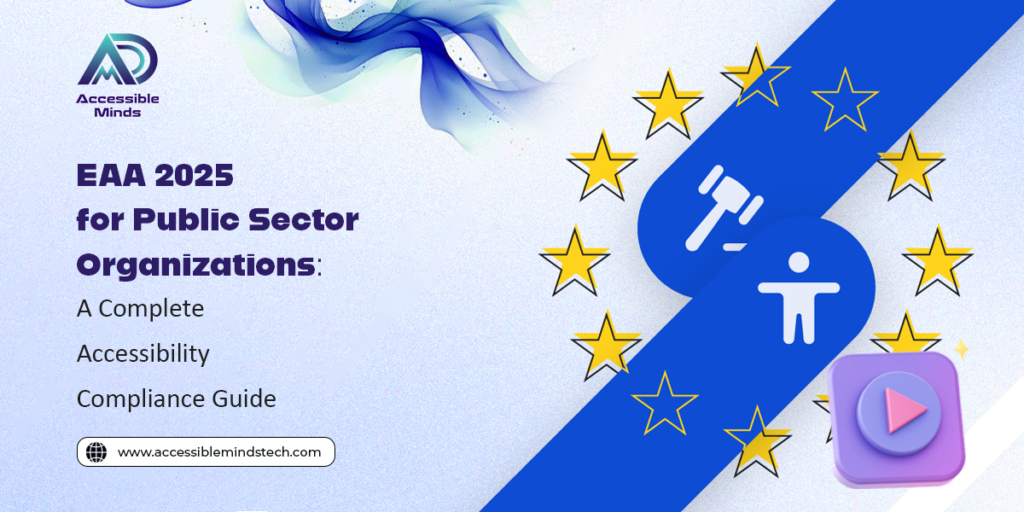To make the user experience of the website better is the main motto for web performance. From the site loading speed to easy access; every aspect must be taken care of minutely so that the visitors enjoy their stay on the website.
Web performance describes how well a website responds to user input and how rapidly its content loads and renders in a web browser. Poorly functioning websites take a long time to display and react to user interaction. The site abundance rate for the badly performing site is very high.
Though the individual perception of any website performance is subjective; one can easily measure the website loading and rendering. And a sluggish site is a piece of bad news for web accessibility as well.
While users with limited web accessibility, especially with a disability; web performance is a major issue. The website owner must optimize the web performance in order to allow the users to enjoy easy-to-use and fast-loading websites.
Importance of Web Accessibility Development for Web Performance:
When the website is accessible, then the web performance will be automatically improved drastically. Now, take a quick look at the advantages that any accessible website will have.
- Increase in Conversation Rate: When the download and render time of any website is reduced; it will increase the conversion rate as well as user retention. When the users get their desired result quickly, they will stay on the website to continue the activities. In case the website responds slowly to the user interaction, then it will abandon it.
- Better User Experience: Every user including people with disabilities will enjoy using the website when the web performance is improved.
How you should improve web performance with accessibility?
To improve web performance as well as web accessibility; there are some tips that one can implement:
- Improvement in Largest Contentful Paint (LCP): You need to reduce redundant JavaScript, animation in video formats, and preloading of messages. And along with that; you can minimize the large network payloads and decrease the critical request chains’ length.
- Improvement of First Contentful Paint (FCP): You need to eliminate resources that block the render, minimize the JavaScripts and CSS, get rid of unused CSS, and enable image optimization and text compression.
- Improvement of Cumulative Layout Shift (CLS): Usage of size attributes for pictures, avoiding late-loading resources, switching to the CSS transform the property from width and height, and avoiding the use of out-of-date libraries are all ways to enhance CLS.
- Improvement of Total Blocking Time (TBT): To remember TBT, you can split up lengthy tasks, improve JavaScript execution, and reduce the amount of work done on the main thread to style and layout the page.
When the website has all the attributes to provide the finer result for web performance and accessibility; the traffic turnout will be enhanced automatically.







